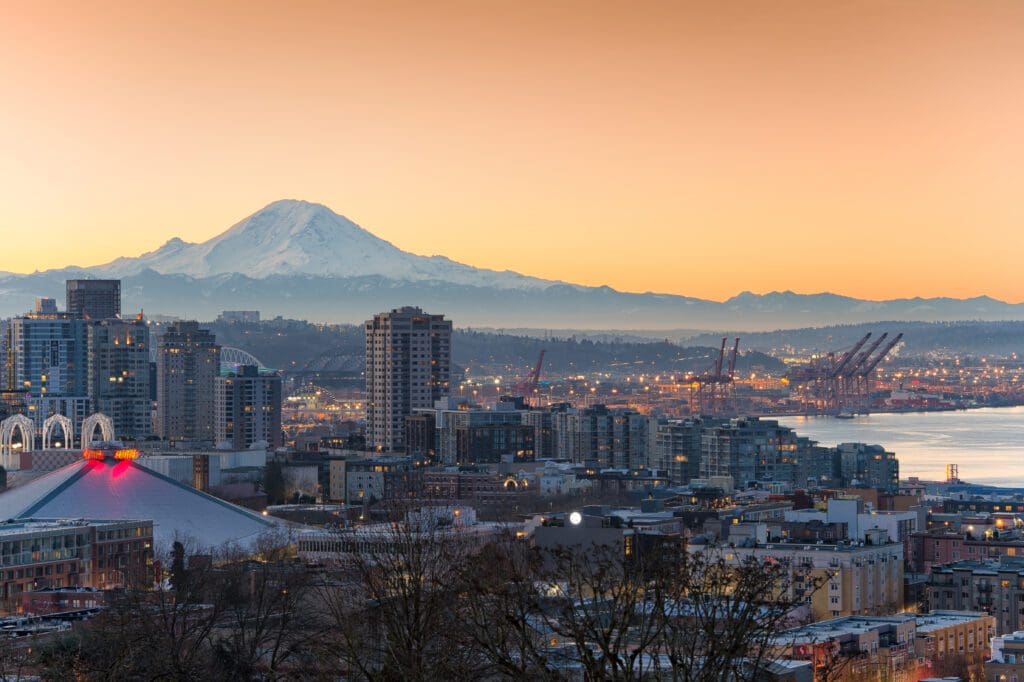
Moving Printing Stateside
February 27, 2023
Local benefits, a reliable supply chain, and geopolitical factors drive print buyers back to the U.S. local printer Print buyers are making the shift back to stateside commercial printers—with good
Read more